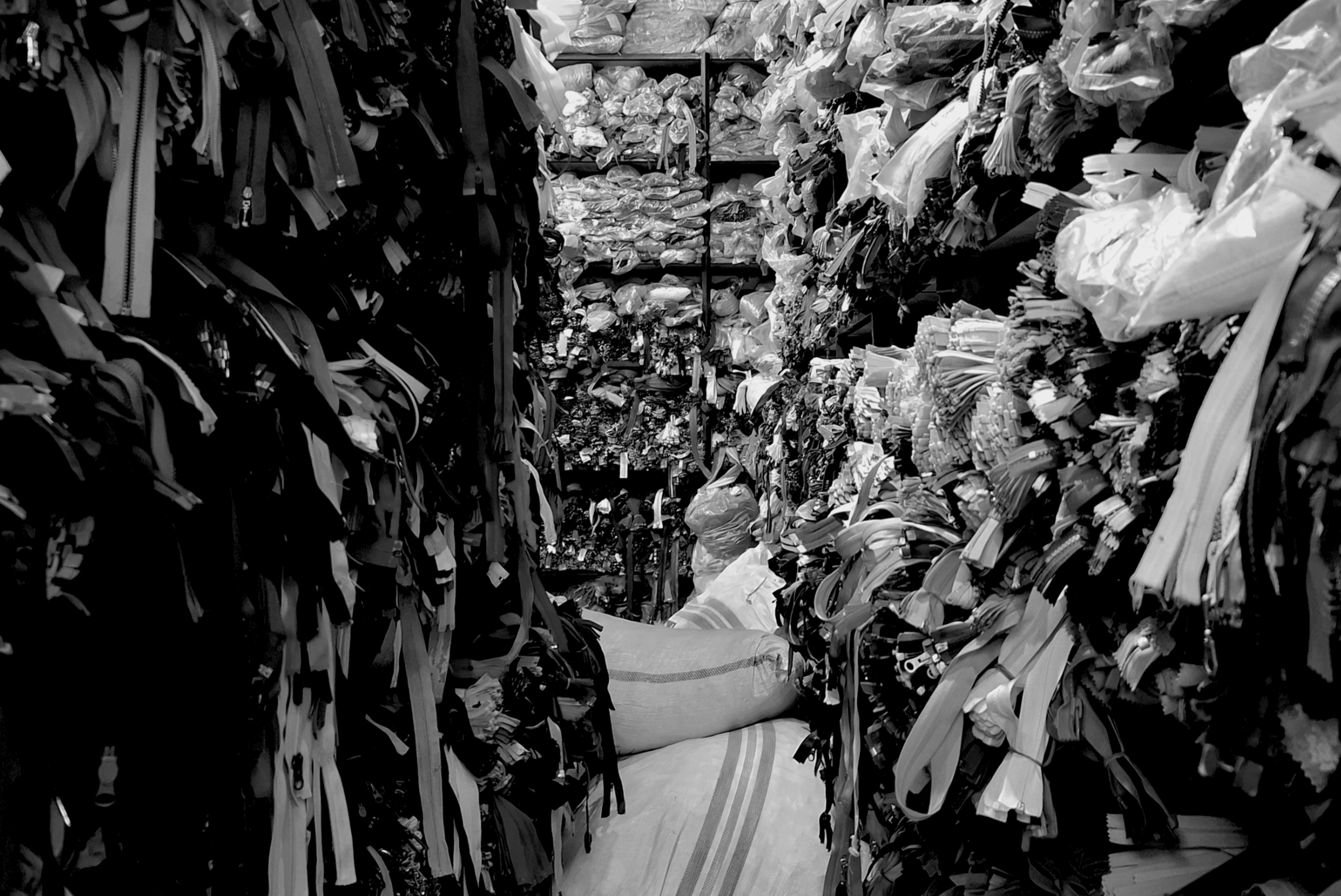The New Factory (TNF) was proud to participate in a recent multi-stakeholder discussion focused on accelerating the Circular Economy in Fashion Talks at Ideafest 2025. The conversation brought together government officials, industry leaders, sustainability advocates, and practitioners to discuss challenges, opportunities, and the path forward for sustainable fashion in Indonesia.
The event, which was hosted by the Ministry of Creative Economy and Rantai Tekstil Lestari, emphasized that circularity is not merely about waste management; it is a fundamental shift in business models, requiring a complete rethink of production and consumption systems.
The National Ecosystem and the New Engine of Growth
Representatives from the Directorate Fashion, under the Ministry of Creative Economy (Kementerian Ekonomi Kreatif), highlighted fashion’s significant role, noting that fashion exports dominate the creative economy, reaching 55% of the national export value. Fashion is targeted to grow by 6.4% by 2029 and absorb over 10 million workers.
However, this growth faces major systemic challenges, including large textile waste generation, high energy consumption, and the prevalence of fast fashion. Addressing this requires a strong ecosystem governed by the Helix model, where all stakeholders—academics, financial institutions, media, community, business, and government—must collaborate.
The government supports activities for fashion development, especially those related to circular economy and sustainable fashion, noting that products moving toward sustainability have greater added value and are increasingly accepted globally. Indonesia aims for zero emissions by 2060, making the fashion sector’s transition to sustainability crucial.
Basrie Kamba from Rantai Tekstil Lestari (RTL) underscored that the time for “business as usual” (BAU) is over, urging attendees, especially young entrepreneurs, to “jump on the band wagon” and innovate immediately, calling circularity “about money”.

The New Factory: Upcycling, Job Creation, and Social Ethics
Alia Srasita, CEO of The New Factory (TNF), shared how TNF, established as a worker cooperative, tackles the systemic issues of textile waste through upcycling.
TNF’s initial act of creativity was seeking the “space” to address these multi-actor, multi-dimensional problems. They recognize that textile waste in Indonesia flows from two channels: post-industrial textile waste (off-cuts from production) and post-consumer textile waste (household/individual consumption).
Due to the sheer complexity and variation of textile waste (different materials, strange fibers, small off-cuts), a single solution like fiber-to-fiber recycling is insufficient, even though it is important. TNF believes in exploring multiple pathways to comprehensively resolve the textile issue, including reuse, down cycling, and upcycling.
TNF’s work emphasizes three types of upcycling, which function as interconnected business models:
- Transforming scraps (perca) into fashion products/apparel.
- Creating upcycled ready-to-brand materials from textiles with high usability (still long or good quality).
- Converting residual textile waste (too small, too dirty, or complex fiber compositions) into panels for furniture or interior installations (like cabinet doors or acoustic panels), thus serving other industries.
Alia stressed that circularity offers a significant opportunity for job creation and strengthening the social ethics of production. Exploring upcycling seriously allows for the optimization of various skill workers—designers (focusing on zero-waste patterns and reduced accessories), sewers, and even those with carpentry skills for furniture making—providing a path for informal workers to enter the formal green sector.

Conclusion: The Power of Collaboration
The event concluded with a strong consensus that collaboration is the key to unlocking the economic and environmental potential of circular fashion. Bu Romi emphasized the ongoing need to collect national data (via hub.kraf.go.id) to effectively map and curate programs, stressing that this data will help connect and facilitate collaboration among creative economy practitioners across various subsectors.
As summarized by the panelists:
- “Jump on the band wagon now” (Basrie Kamba).
- “Sustainability is balance,” ensuring businesses are profitable to enable investment (Ian Syarif).
- “Opportunitynya banyak just need help with research” (Alia Sarasita).
- “Kolaborasi Iang perlu kita galung bersama karena kalau tadi sudah disampaikan kita enggak bisa sendiri, kita harus bareng-bareng” (Romi Astuti).
The event served as a potent reminder that transforming textile waste into valuable products and services is not merely an environmental obligation but a massive economic opportunity, where creativity and collaborative innovation are the threads that weave the future of fashion.




